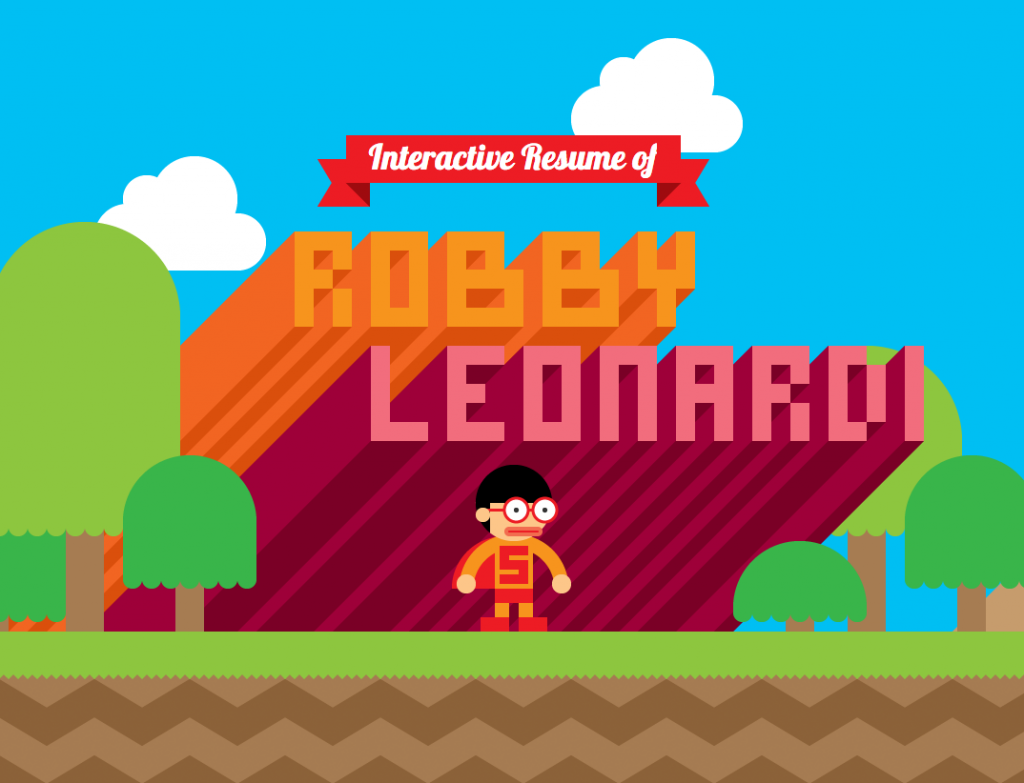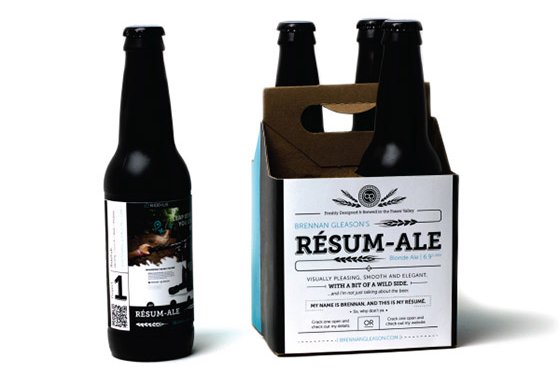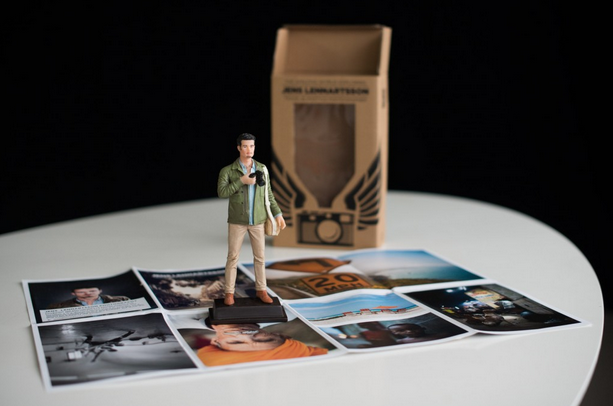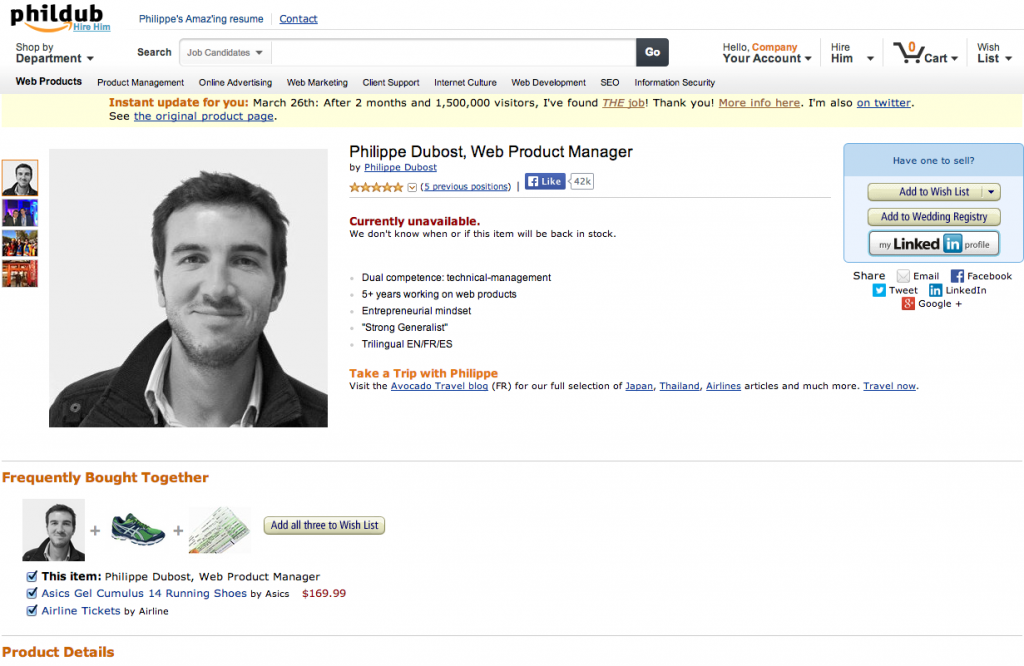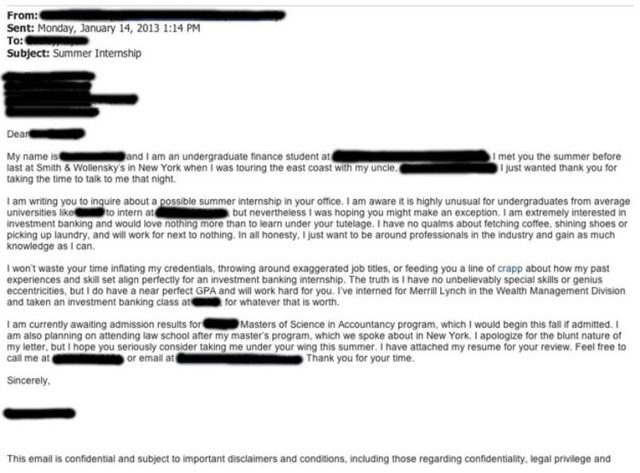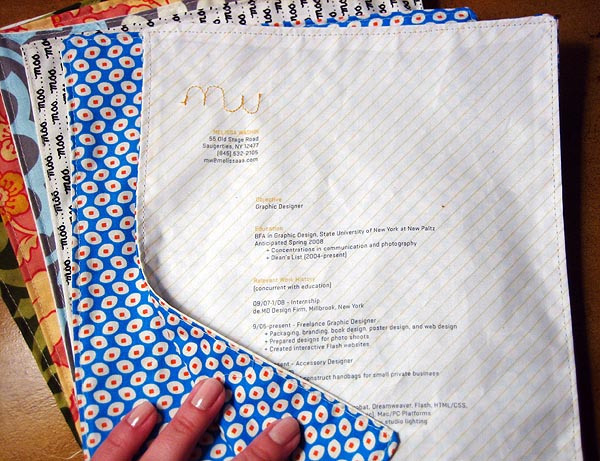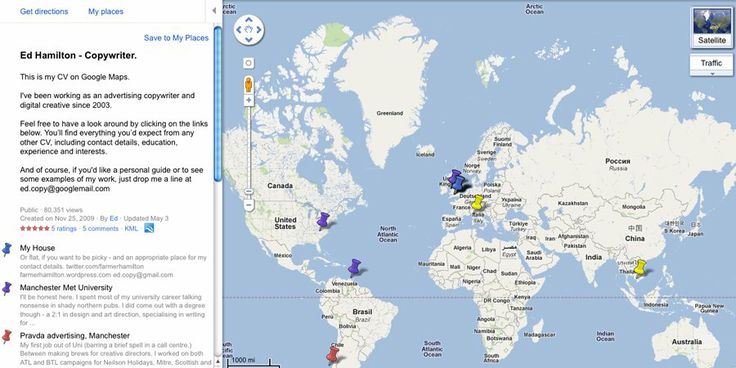10 creative resumes that work
CourseFinder Team
August 18, 2014
Creative people looking for creative jobs need creative resumes to get them. So we’ve compiled a list of ten of the most inventive, creative and effective resumes that have helped their applicants stand out from the crowd and get a foot in the door.
1.The video game resume
